Equipment
Callaway releases its softest ball ever, the Supersoft
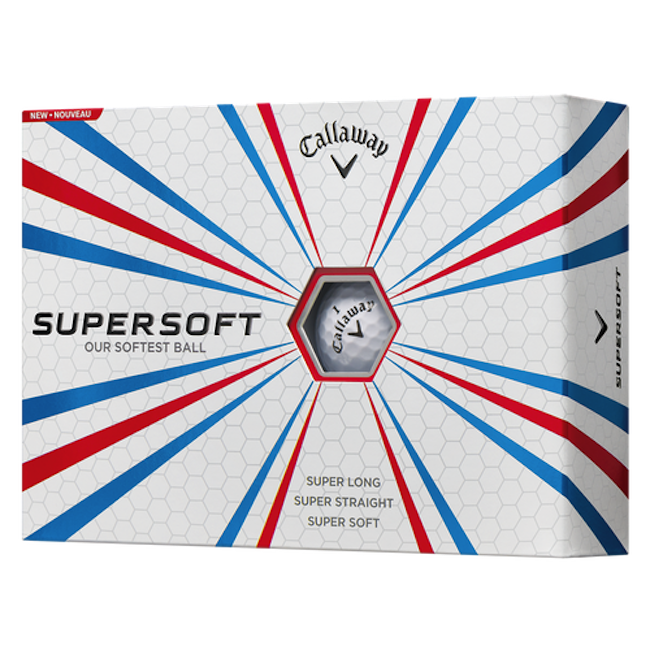
Callaway recently released a new golf ball, appropriately named Supersoft, which boasts a ball compression number of 38. The soft core and soft cover combine with HEX aerodynamics to produce a golf ball that reduces spin and adds distance.
Retail golf stores aren’t used to shelving golf balls with such a low compression number. Only the Wilson Duo golf ball holds up in comparison, with a compression number of 43 according to the PGA Compression scale. As a frame of reference, the Titleist DT Solo has a ball compression of 72 and the ProV1X’s number is 102.
“It’s easy to make a soft core, but it’s really difficult to make a soft core that is resilient, and we were able to do that with SuperSoft.” said David Bartels, Callaway Senior Directory, Golf Ball R&D. “Because the soft core is so resilient, it enables us to put a soft cover on it and still achieve really good ball speeds. The soft cover is great for feel and control around the green as well.”
The two-piece Supersoft ball has a core made of polybutadiene material and a cover made of trinomer blend material. The cover features a pattern of 332 geometries covering 100 percent of the surface area.
A dozen of SuperSoft Callaway golf balls sell for $19.99, and are available in both traditional white and optical yellow.
- LIKE54
- LEGIT5
- WOW9
- LOL8
- IDHT1
- FLOP4
- OB1
- SHANK1
Whats in the Bag
Alejandro Tosti WITB 2024 (April)
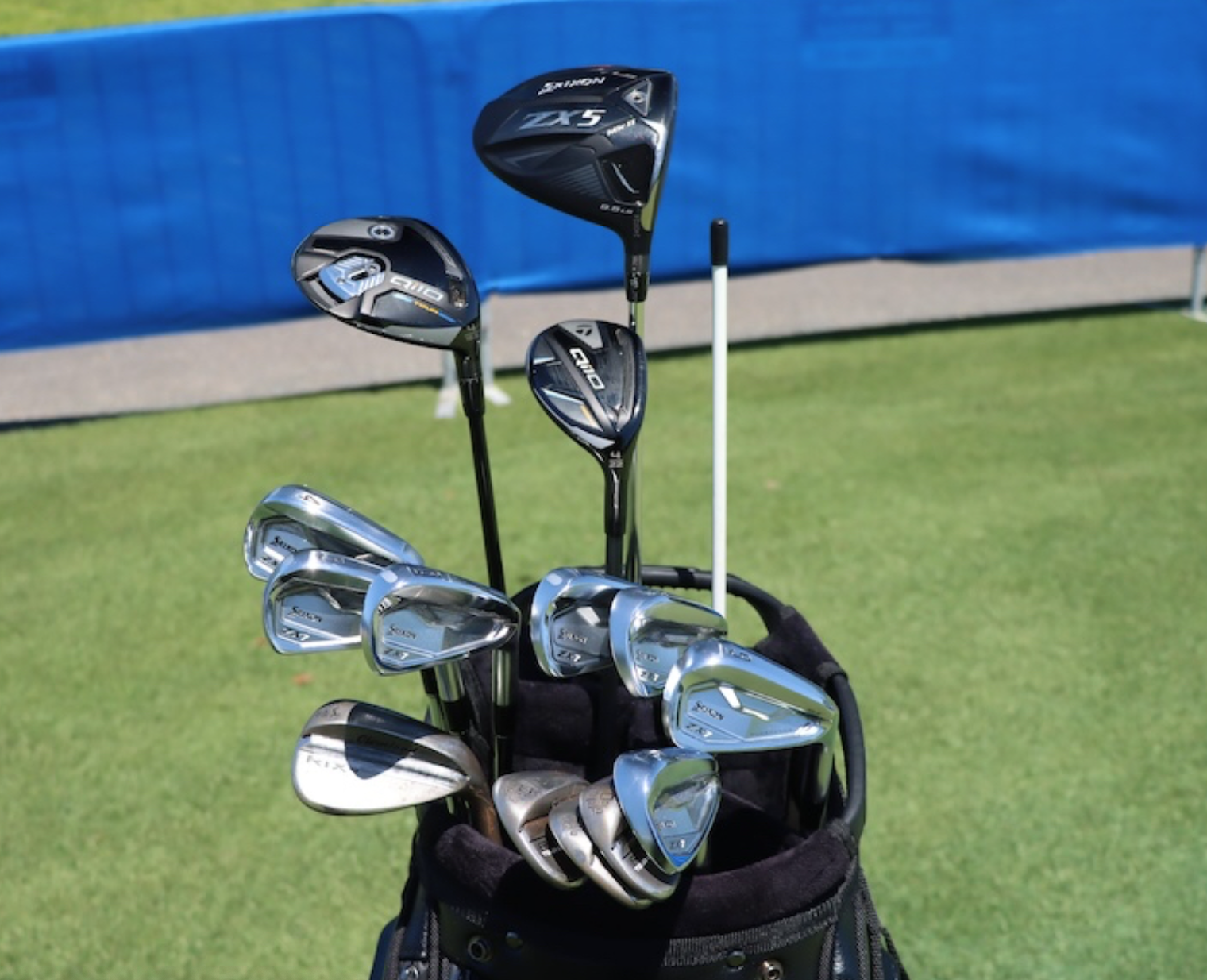
- Alejandro Tosti what’s in the bag accurate as of the Zurich Classic.
Driver: Srixon ZX5 Mk II LS (9.5 degrees @10.5)
Shaft: Project X HZRDUS T1100 75 6.5
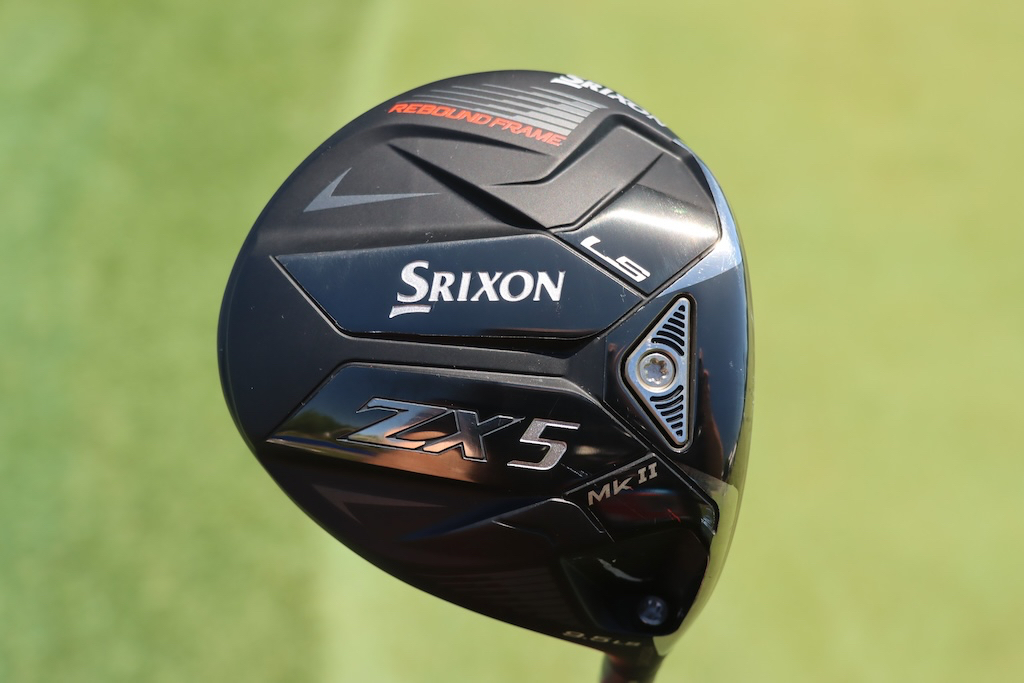
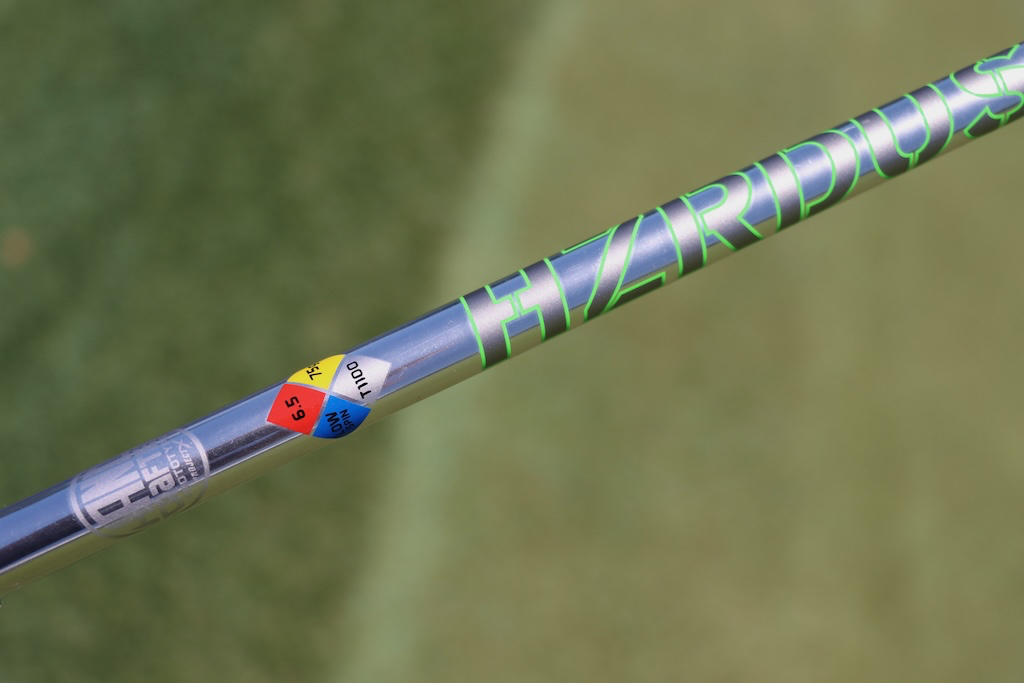
3-wood: TaylorMade Qi10 Tour
Shaft: Project X HZRDUS Black 80 TX
Hybrid: TaylorMade Qi10 Tour Rescue (22 degrees)
Shaft: Project X HZRDUS Smoke Black RDX 6.5 100
Irons: Srixon ZX7 Mk II (4-PW)
Shafts: True Temper Dynamic Gold Mid Tour Issue X100
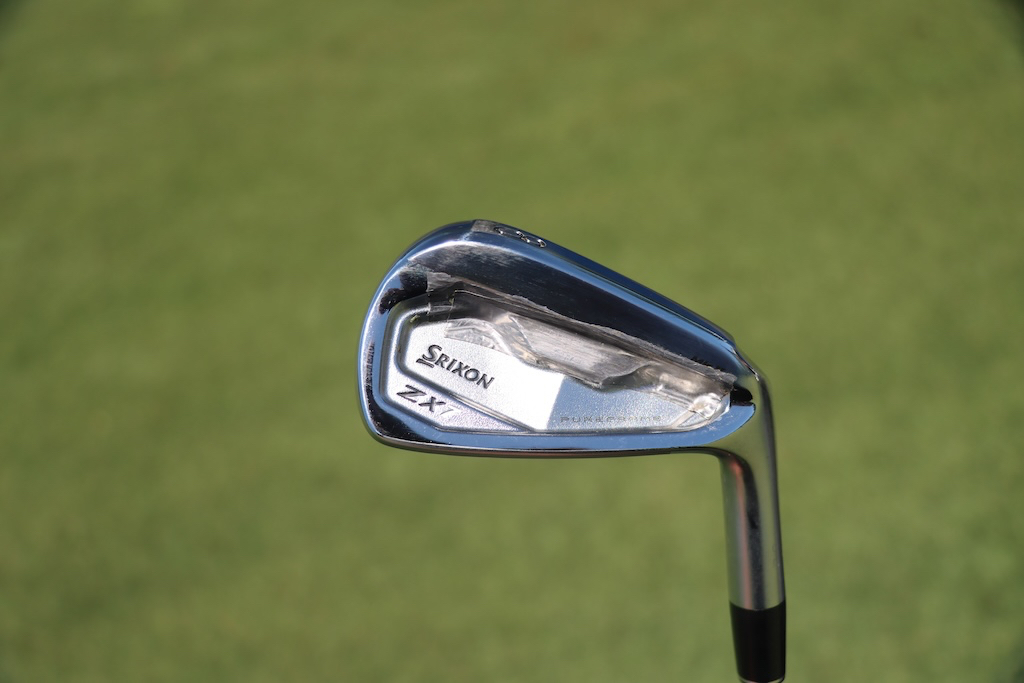
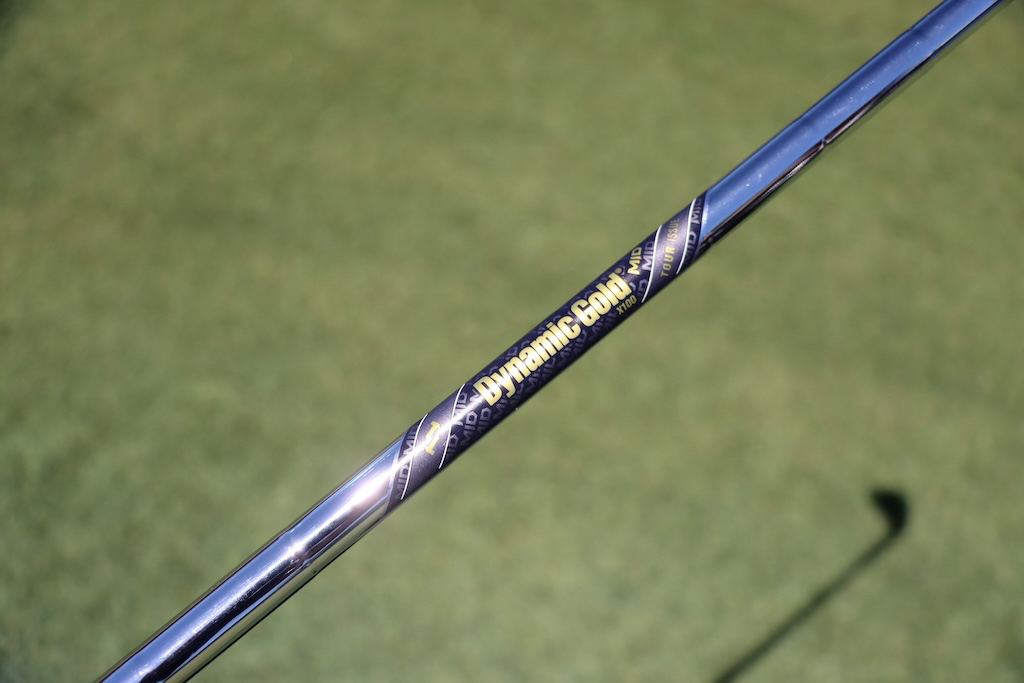
Wedges: Cleveland RTX6 ZipCore Tour Rack (50-10 MID, 54-10 MID, 58-10 MID, 60-06 LOW)
Shafts: True Temper Dynamic Gold Mid Tour Issue X100, S400
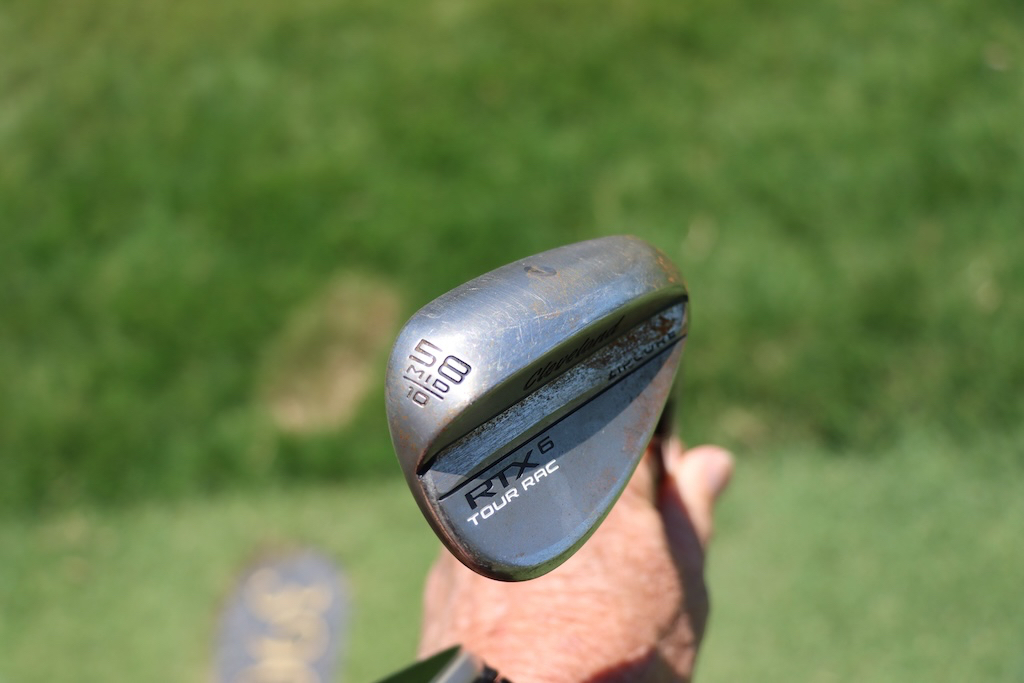
Putter: Scotty Cameron
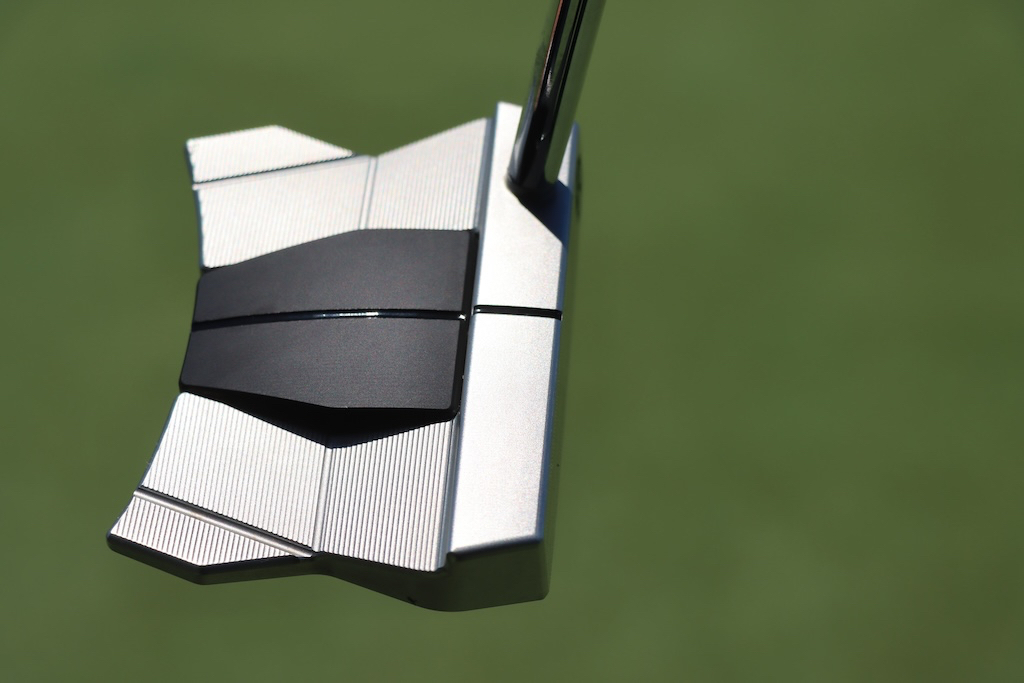
Grips: Golf Pride MCC Plus4
Check out more in-hand photos of Alejandro Tosti’s WITB in the forums.
- LIKE0
- LEGIT0
- WOW0
- LOL0
- IDHT0
- FLOP0
- OB0
- SHANK0
Whats in the Bag
Drew Brees WITB 2024 (April)
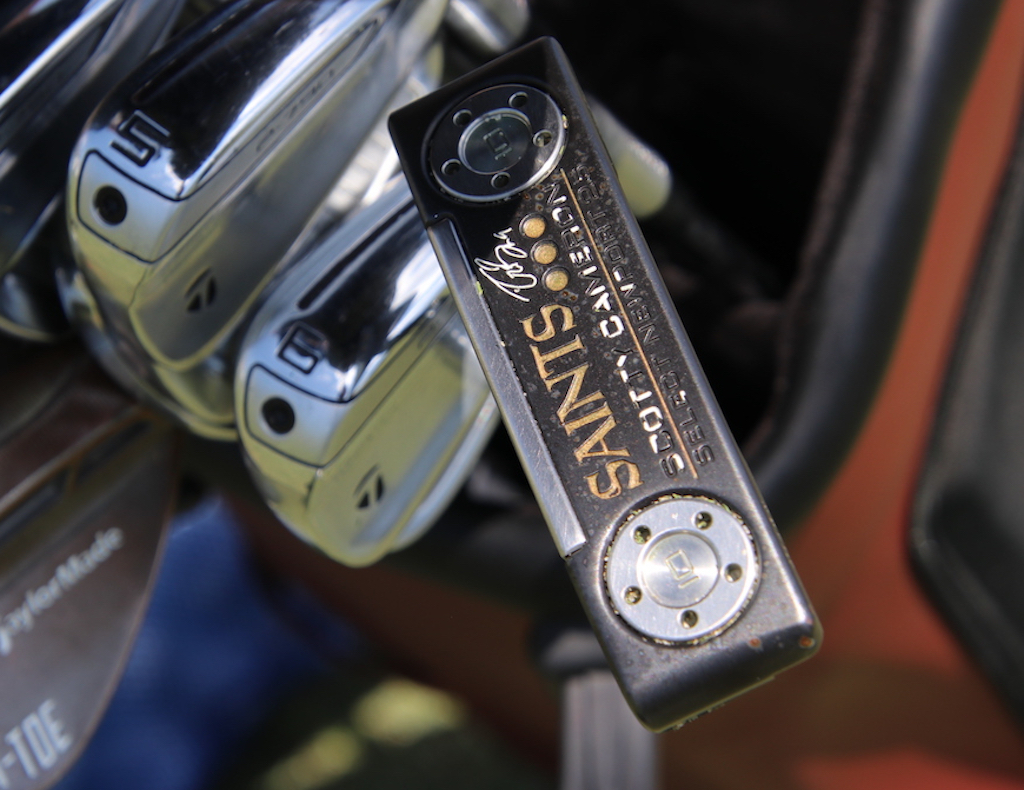
View this post on Instagram
Driver: TaylorMade Stealth 2 Plus (10.5 degrees)
Mini driver: TaylorMade BRNR Mini Copper (13.5 degrees)
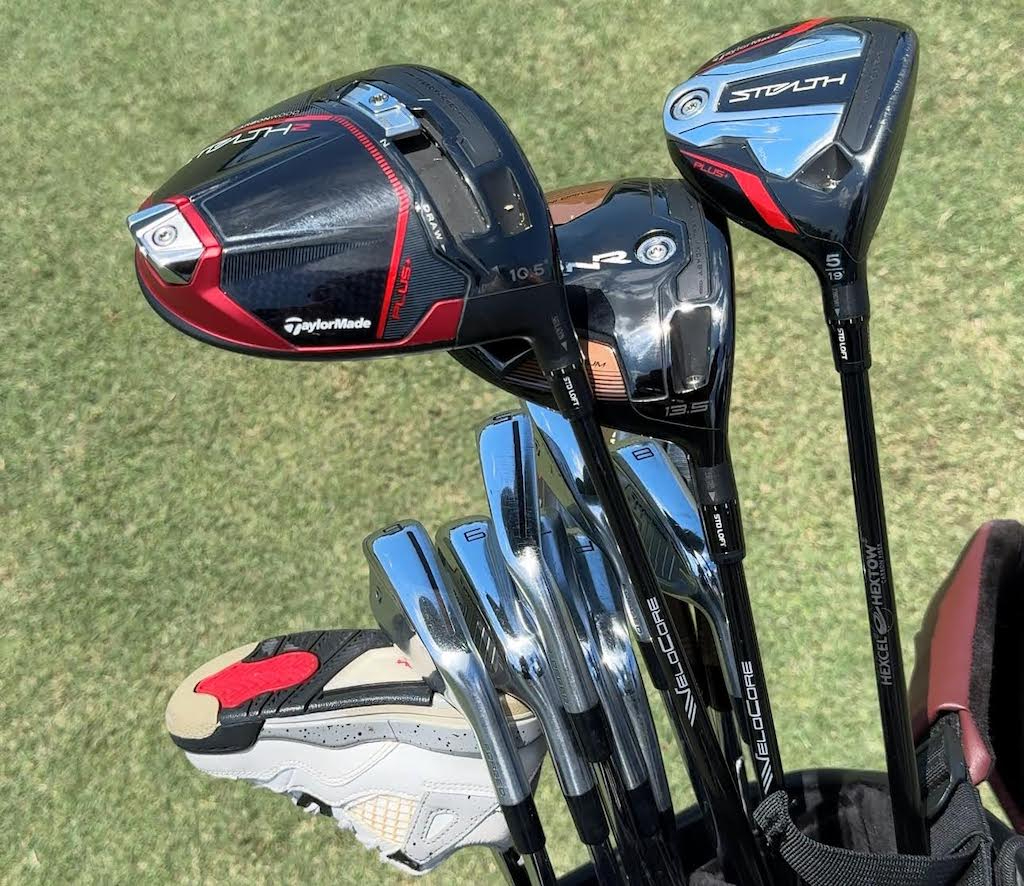
5-wood: TaylorMade Stealth Plus (19 degrees)
Irons: TaylorMade P790 (4-8, PW), TaylorMade P760 (9)
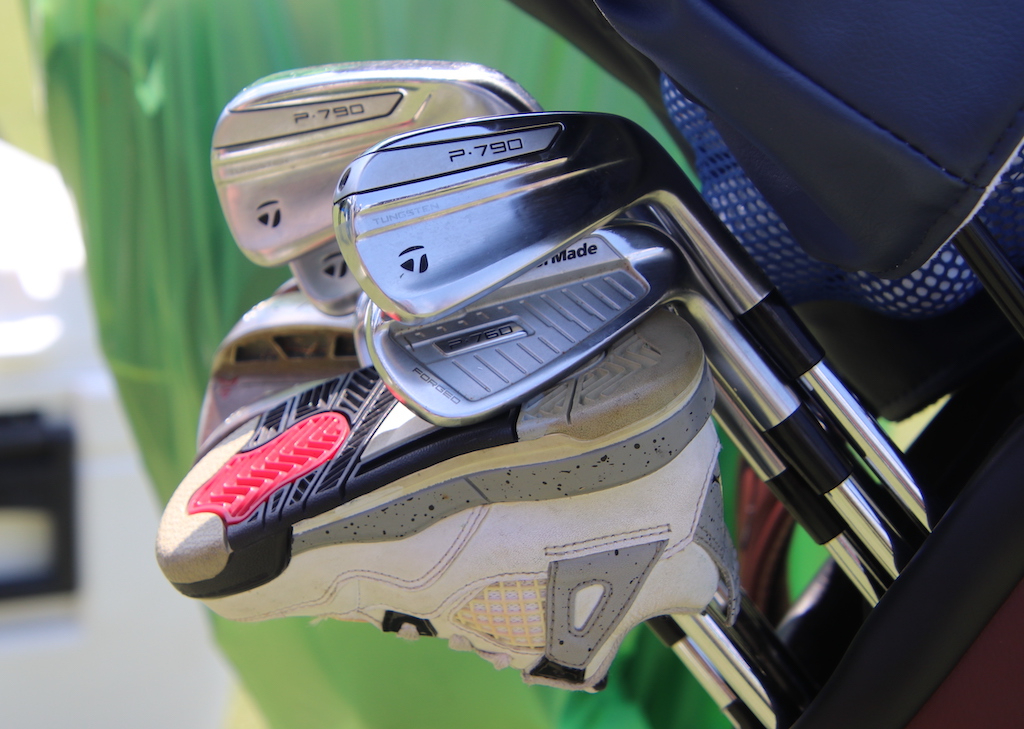
Wedges: TaylorMade MG Hi-Toe (52-09, 56-10, 60)
Putter: Scotty Cameron Select Newport 2 Prototype

Check out more in-hand photos of Drew Brees’ clubs here.
- LIKE0
- LEGIT0
- WOW0
- LOL0
- IDHT0
- FLOP0
- OB0
- SHANK0
Equipment
Putter Roundup: 2024 Zurich Classic of New Orleans
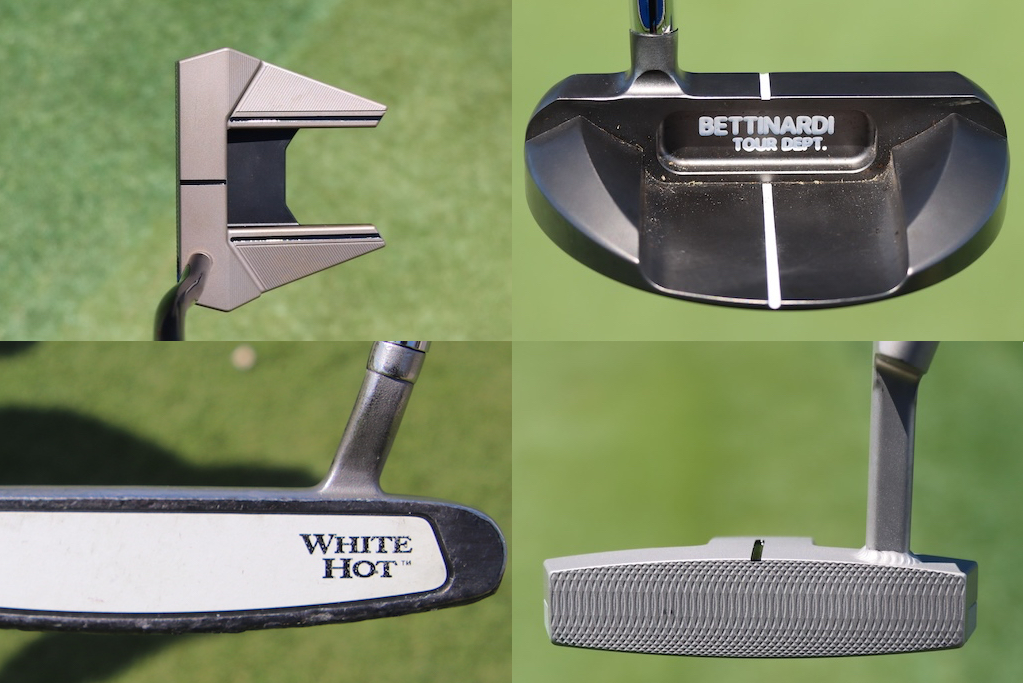
We always get some great photos of some phenomenal putters at tour events and love to share them. Here are a few from the 2024 Zurich Classic that caught our eye and seemed interesting. (And as a reminder, you can check out all our photos from New Orleans here)
MJ Daffue’s Scotty Cameron T-11 Prototype
MJ is going with the new Scotty Cameron T-11 Prototype this week. The putter is a multi-piece mallet that puts an emphasis on stability with the wings on the back. Daffue’s putter does have a design that differs from retail with a monotone finish, which eliminates the black paint on the aluminum parts that we see at retail. He also has a half siteline milled into the top and an L-neck welded on for some additional toe hang. The face features a deeper milling that should offer a softer feel and slightly quieter sound.
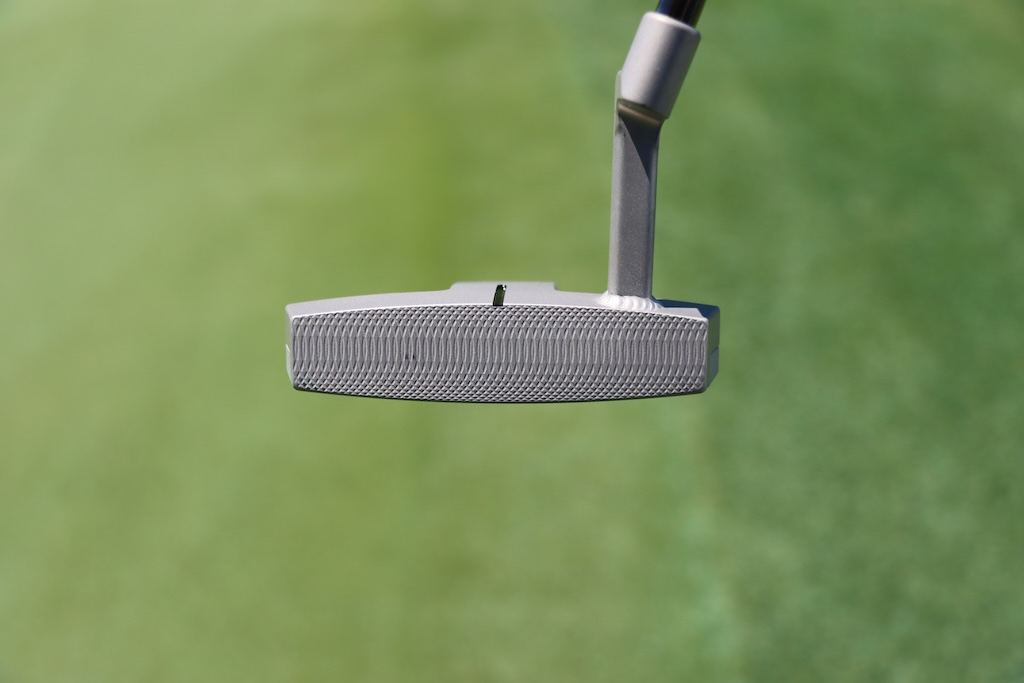
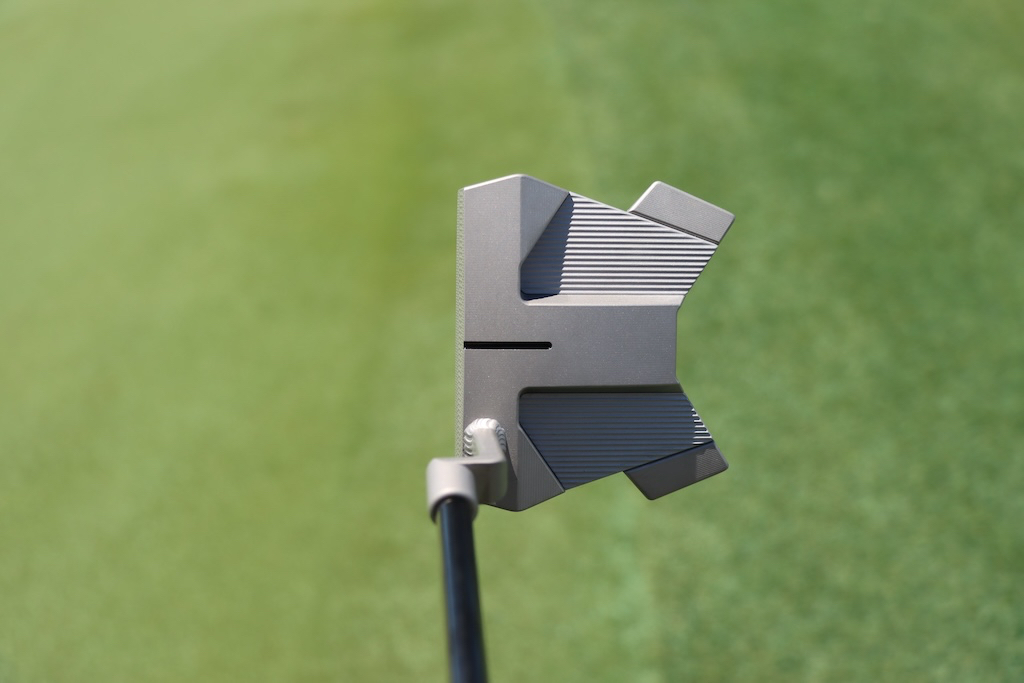
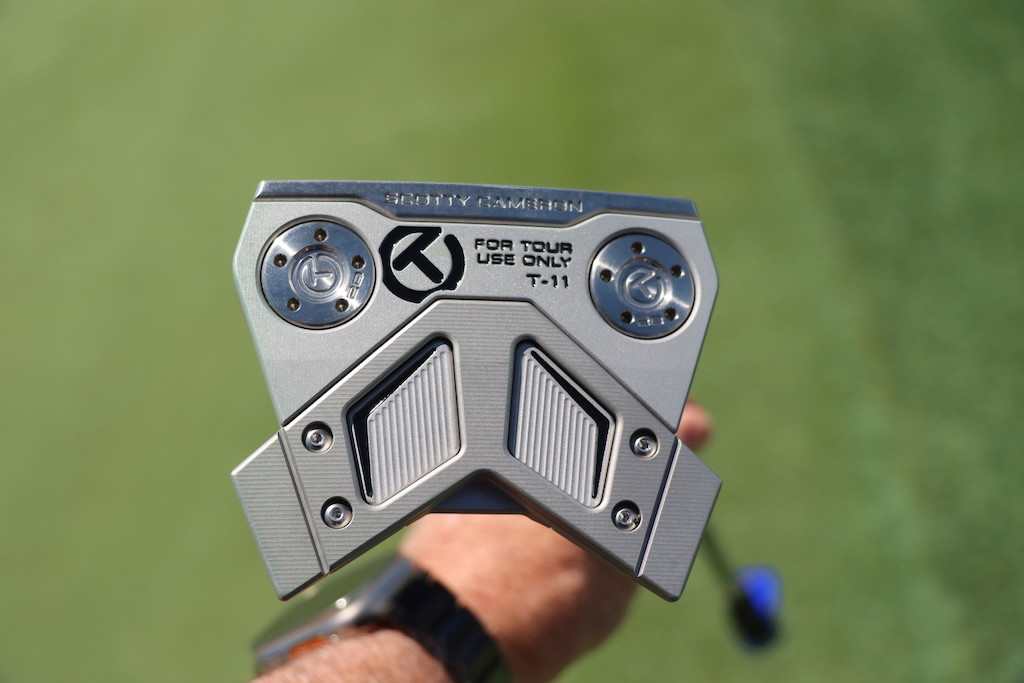
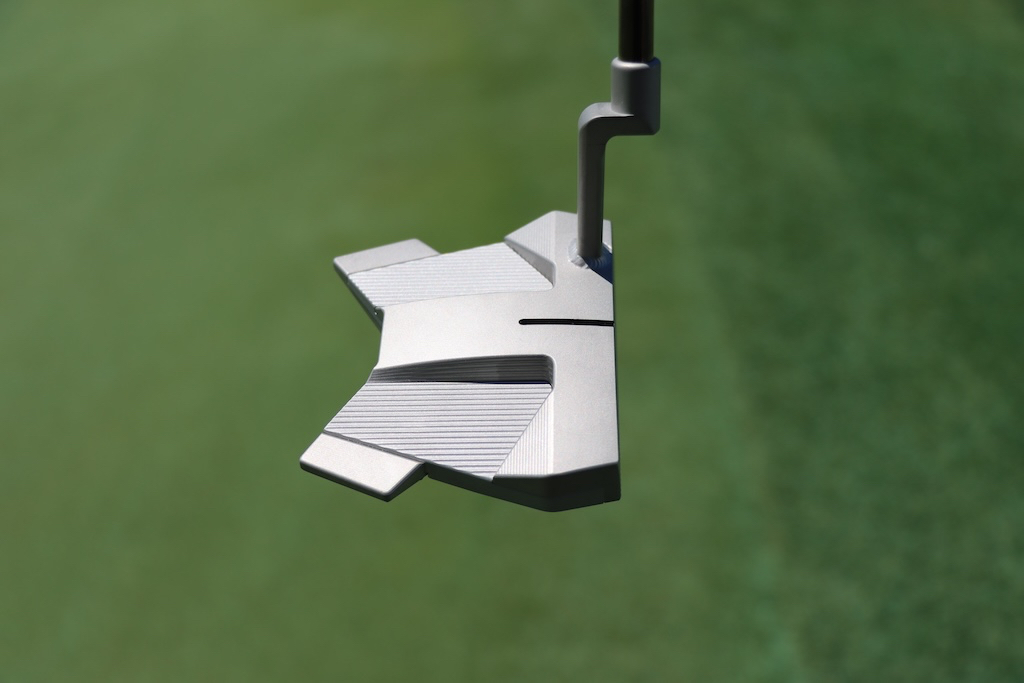
Scotty Cameron T-7.5 Prototype
We spotted a few different Scotty Cameron Phantom models with modified rear flanges. It looks like the straight black flange was cut into a half circle for a little softer look at address. On this T-7.5, you can still see the raw aluminum from the back view, so this might have been a last-minute job to get them out on tour. The semi-circle also has a white line on it, maybe to frame the ball differently.
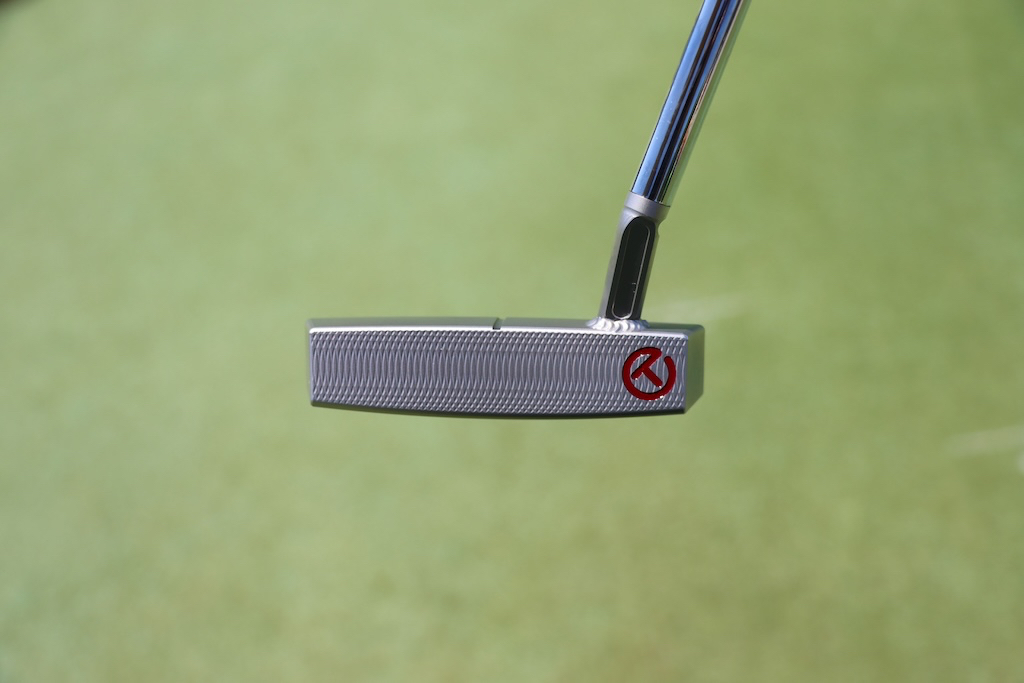
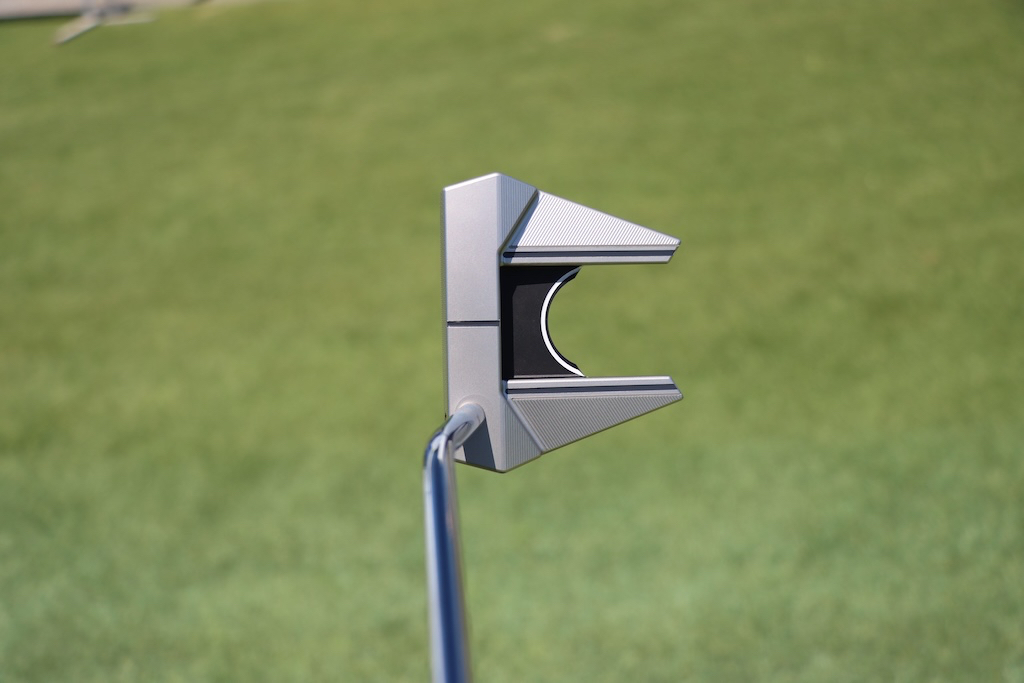
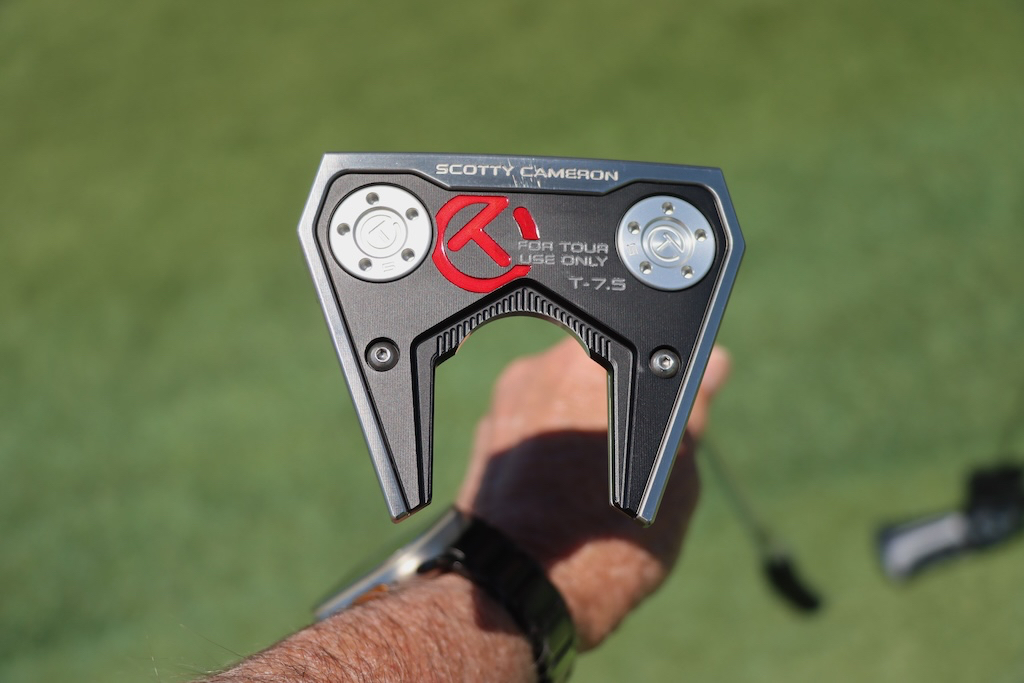
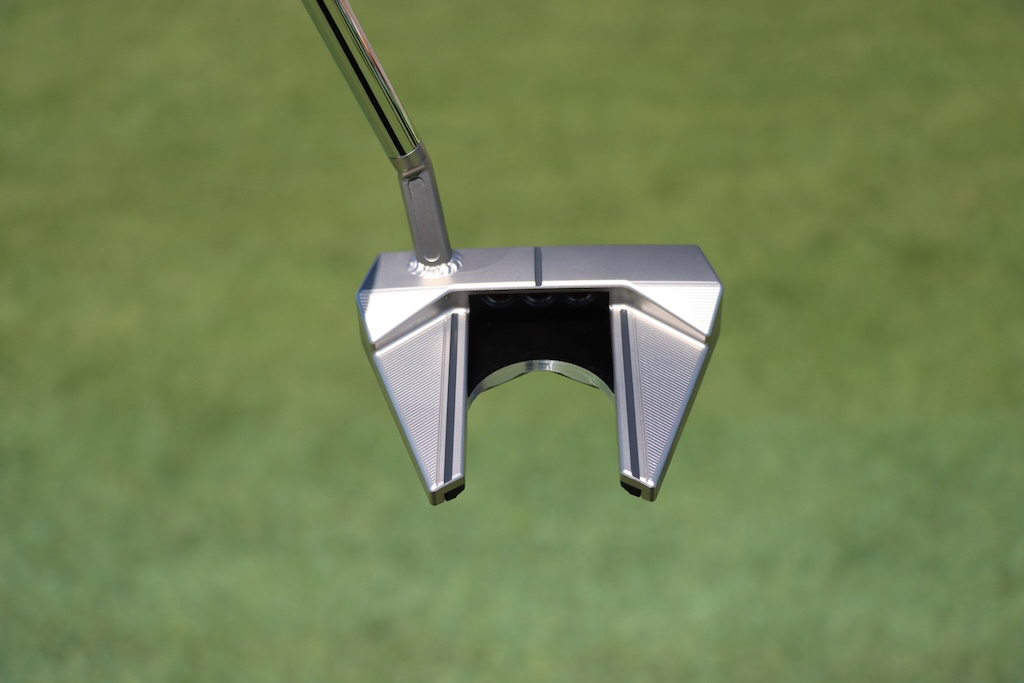
Alex Fitzpatrick’s Bettinardi SS16 DASS
Alex’s SS16 is made from Bettinardi’s famous D.A.S.S., or double-aged stainless steel, for a softer and more responsive feel. The face has a unique diamond pattern milling and features a logo that I feel like I have seen before, but can’t put a name to. The putter is a classic mid-mallet style with a simple, single white siteline on the top. The sole is clean with just the SS16, DASS, and a green triangle logo on it.
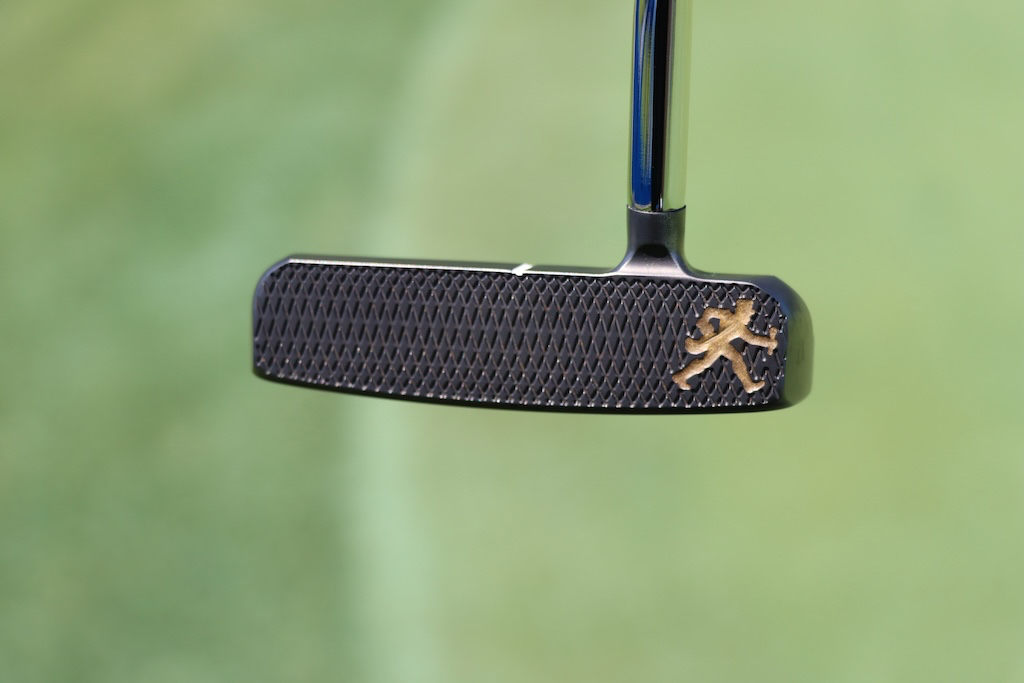
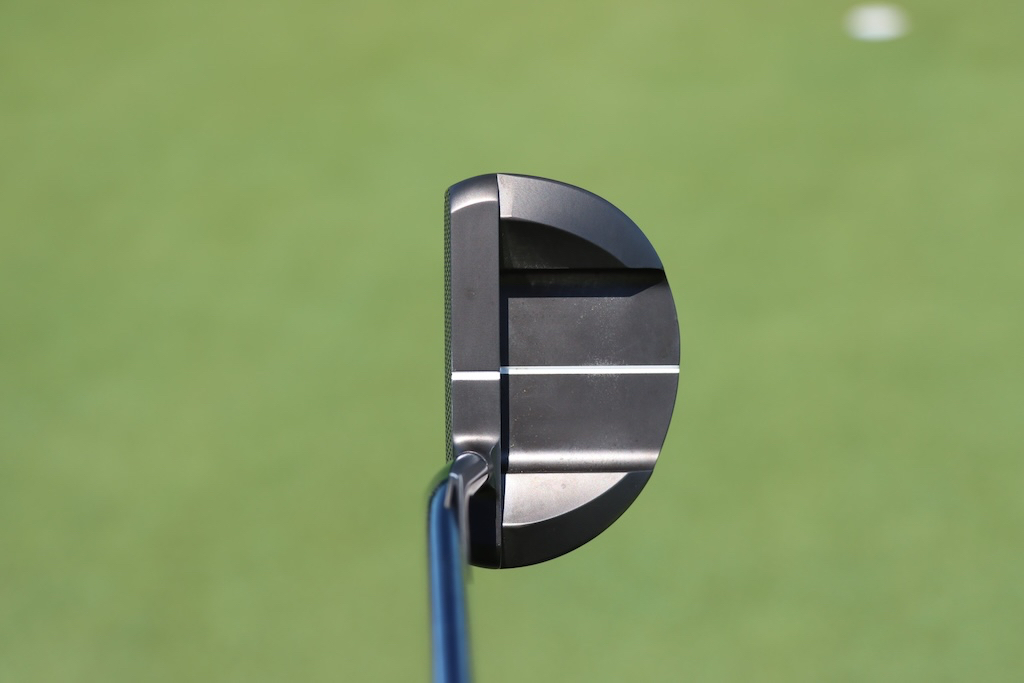

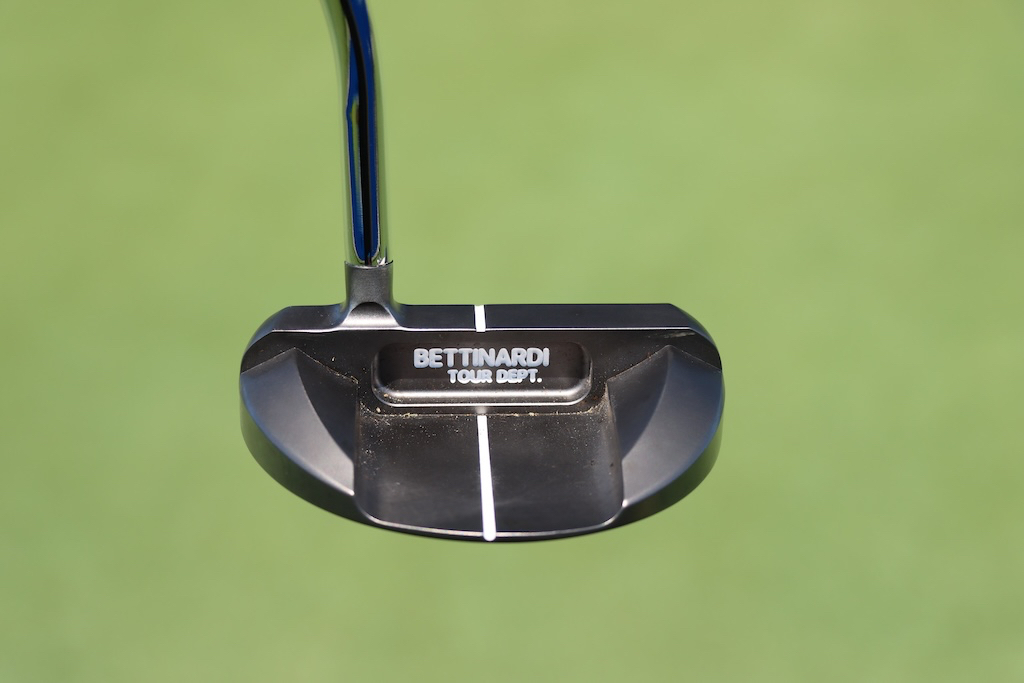
Steve Stricker’s Odyssey White Hot No. 2
This putter has made some amazing putts in its long career! Stricker’s White Hot No. 2 might be in the top 10 of most famous putters in golf. When you see all the dents and lead tape, you know the heel will be up and it will be sinking putts! The soft White Hot insert looks to be in good shape and has less wear on it than the rest of the putter. We don’t know how much lead tape is on the sole, but it has to be multiple layers compacted down over the years.
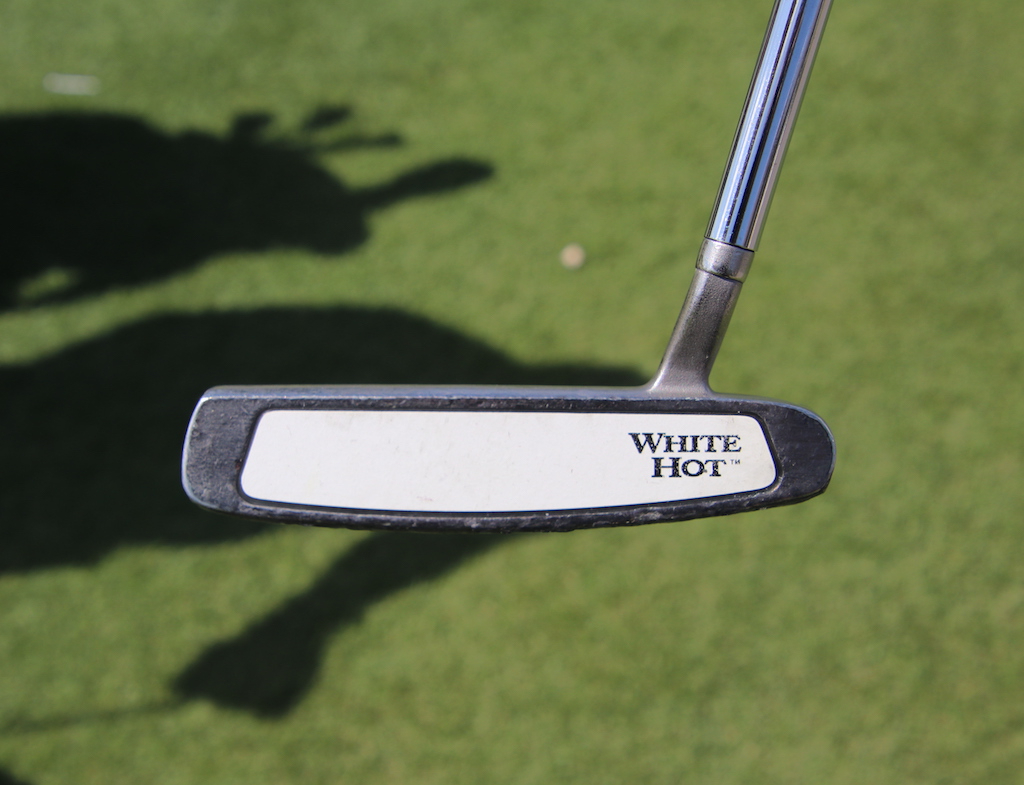


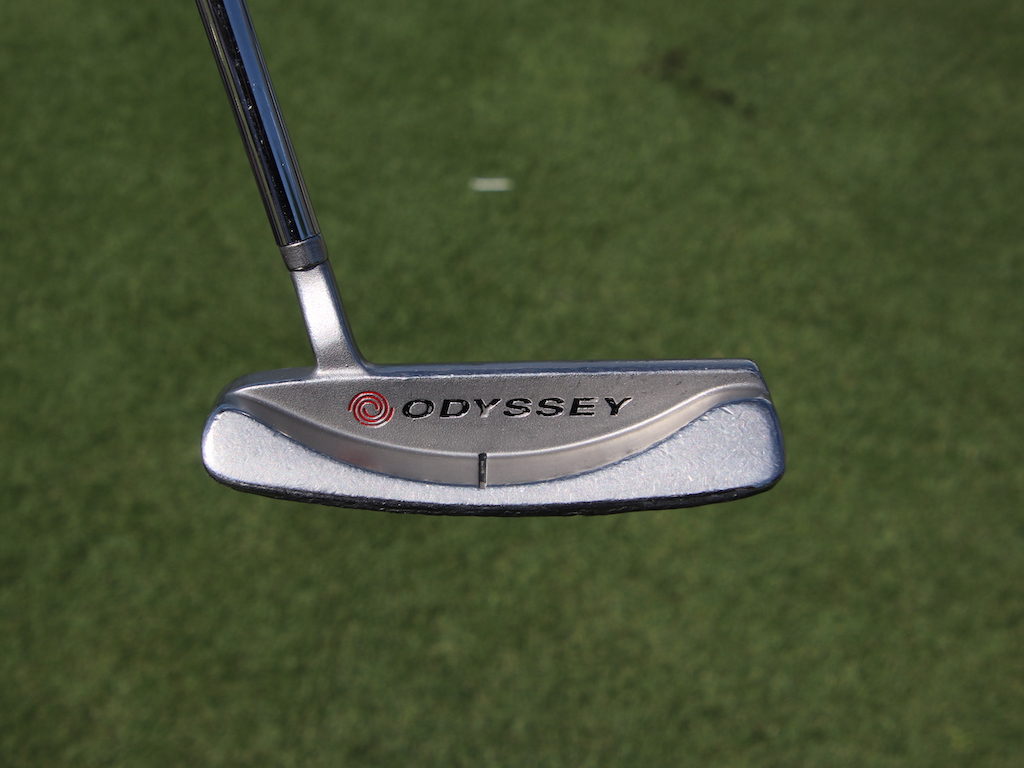
Doug Ghim’s Scotty Cameron T-7 Prototype
This T-7 should win the award for “best color finish” in this list with its deep chromatic bronze. It looks like Scotty added a cherry bomb dot to the heel of the deep-milled face and filled it with a very dark blue paint. The rest of the putter looks pretty stock with its single site line on the topline and twin site lines down the “fangs” of the putter. Twin 5-gram weights are installed in the sole and the putter is finished off with a gloss black double bend shaft with a fill shaft offset.
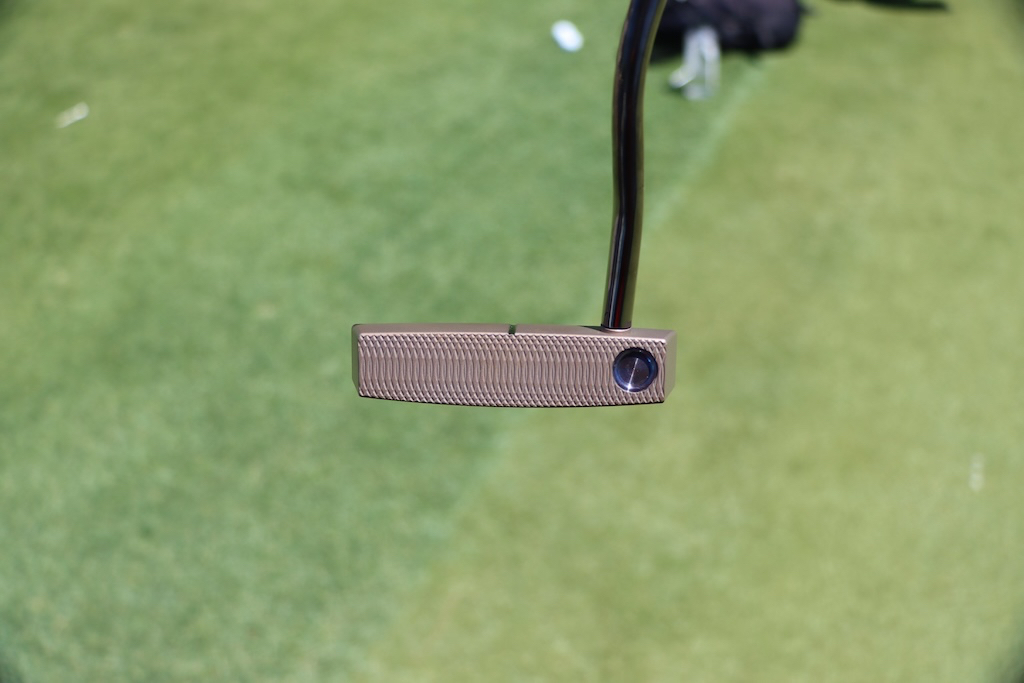
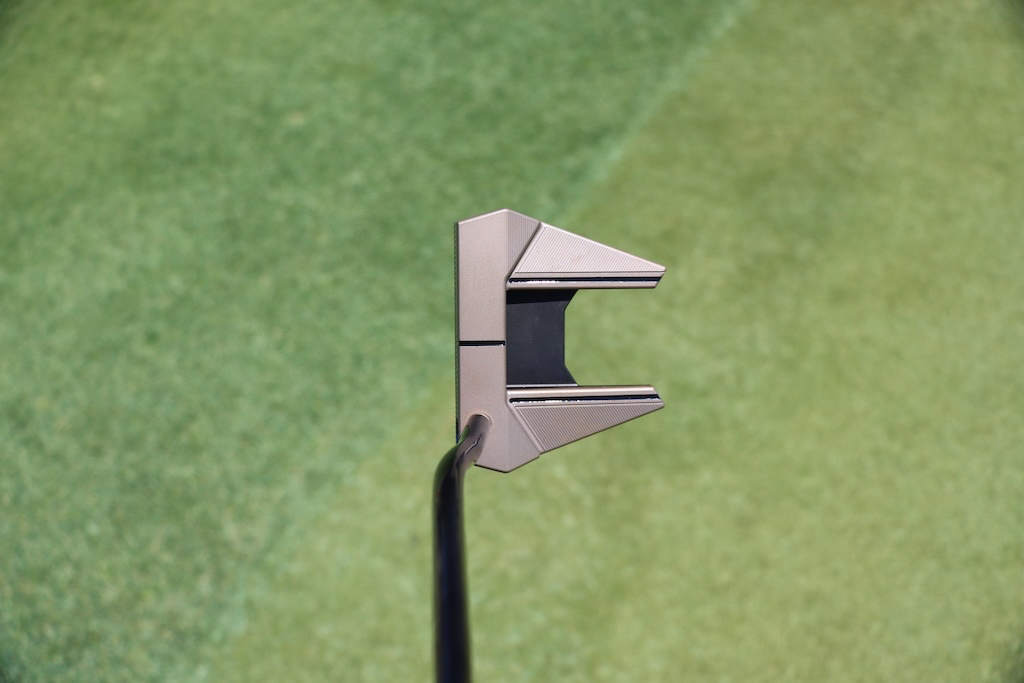
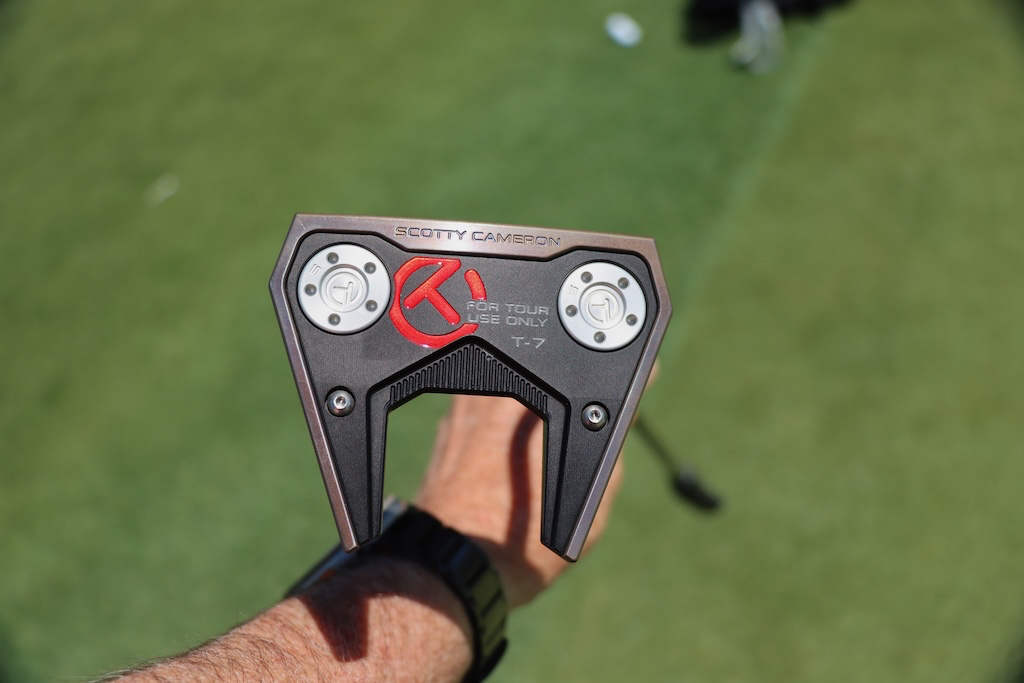
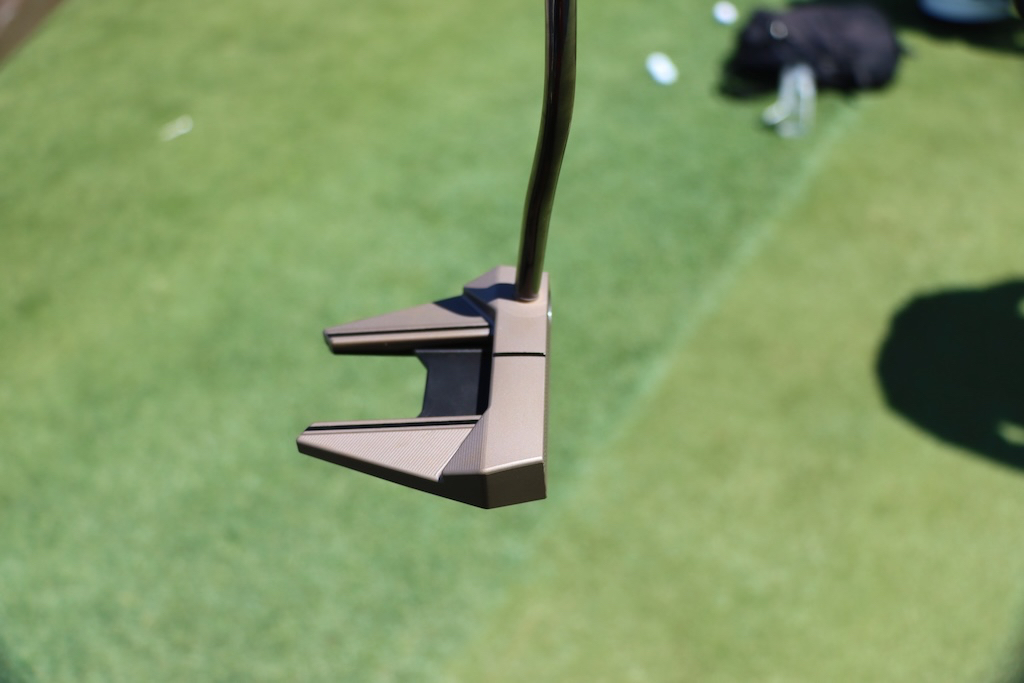
- Check out the rest of our photos from the 2024 Zurich Classic
- LIKE3
- LEGIT0
- WOW0
- LOL0
- IDHT0
- FLOP0
- OB0
- SHANK0
-

 19th Hole2 weeks ago
19th Hole2 weeks agoDave Portnoy places monstrous outright bet for the 2024 Masters
-

 19th Hole3 days ago
19th Hole3 days agoJustin Thomas on the equipment choice of Scottie Scheffler that he thinks is ‘weird’
-

 19th Hole2 weeks ago
19th Hole2 weeks agoTiger Woods arrives at 2024 Masters equipped with a putter that may surprise you
-

 19th Hole3 days ago
19th Hole3 days ago‘Absolutely crazy’ – Major champ lays into Patrick Cantlay over his decision on final hole of RBC Heritage
-

 19th Hole2 weeks ago
19th Hole2 weeks agoTwo star names reportedly blanked Jon Rahm all week at the Masters
-

 19th Hole1 week ago
19th Hole1 week agoReport: LIV Golf identifies latest star name they hope to sign to breakaway tour
-

 19th Hole1 week ago
19th Hole1 week agoNeal Shipley presser ends in awkward fashion after reporter claims Tiger handed him note on 8th fairway
-

 19th Hole1 week ago
19th Hole1 week agoBrandel Chamblee has ‘no doubt’ who started the McIlroy/LIV rumor and why

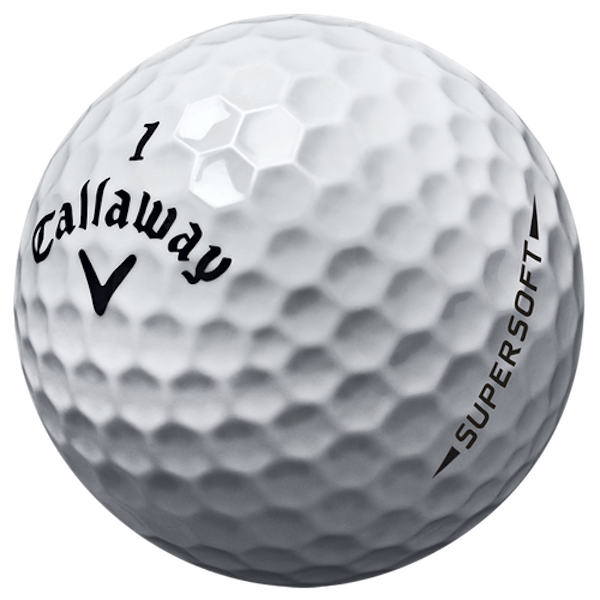


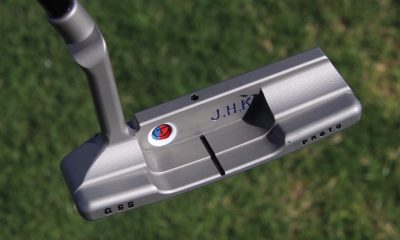







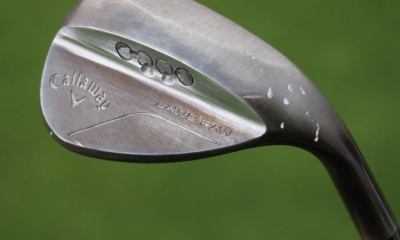
















Jason Levi
Jan 30, 2014 at 1:42 pm
I hit THE ball with THE wedges, and shortcut iris with a lot of backspin I assume that this ball being so soft William have more backspin. Am I right?
Robert
Jan 29, 2014 at 4:09 pm
Funny how the article changed from DUO being softer than the Callaway. This changes my view of GolfWRX…. Im sure it has something to do with Callaway “deep pockets”. The Wilson DUO is still softer and better than the Callaway IMO.
Zak Kozuchowski
Jan 29, 2014 at 10:03 pm
Robert and fmgolf64,
As I stated previously, our original article got it wrong, mixing compression numbers from two different scales. The numbers in the current article reference the same scale, the PGA Compression scale, putting the balls on equal footing.
Remember, compression is just a number, and doesn’t necessarily correspond to more feel or more distance.
– Zak
fms64
Jan 30, 2014 at 7:55 am
I am just curious as to the “two different scales” you are referring to. The original article claimed only one. I find it hard to believe that Golf WRX measured the balls on two different devices. So which measurement device was used other than hexcaliber? Atti, ADC, Instron, Riehle?
Zak Kozuchowski
Jan 30, 2014 at 10:37 am
By different scales, we don’t mean actual measurement devices. We mean the “PGA Compression” and “Majestix” scales, which are different compression tests.
Here’s how PGA Compression is measured: Compression = 180 – (deflection in inches x 1000)
Deflection is obtained when applying a 200 pound load on the golf ball. Here’s an example when deflection is 0.100 inches
180 – (0.1 x 1000) = 80 PGA Comp
If you have any more questions, you can email me directly at [email protected]
[email protected]
Jan 29, 2014 at 2:09 pm
Interesting that the original article noted that the Duo ball was 6 points softer than SuperSoft. Curious as to the reason for the editing???
TJ
Jan 15, 2014 at 2:23 pm
I understand that the ball we choose is not just based on swing speed, but is there a range of swing speeds that would benefit from this ball? I understand its for slower swing speeds but how slow is slow enough?
storm319
Jan 12, 2014 at 9:58 pm
The compression numbers listed in this article look to have been taken from the wrong column (MPI rather than AVG) of the gbt.org test results. AVG column shows actual compression results that are converted into a 100 point scale which comprises the MPI column.
Most manufacturers reference core compression rather than overall compression as it makes the ball seem softer than it actually is. Unfortunately, core compression is not as helpful as overall compression as we hit the entire golf ball and not the bare core.
Zak Kozuchowski
Jan 16, 2014 at 9:59 am
We’ve made a correction that puts the Wilson Duo and Callaway SuperSoft compressions on equal footing, the PGA Compression Scale.
– Zak
[email protected]
Jan 29, 2014 at 4:23 pm
Exactly how did you measure for the “PGA Compression Scale”. There are a number of different methods of measuring compression (and you mentioned the handheld “Hexcaliber” device in the original article). What equipment did you use?
Jeff
Jan 12, 2014 at 7:29 pm
Just played this ball today and it’s very similar to the Wilson Duo. The difference is it doesn’t jump off the club face, especially on putts. Primarily for slower swing speed. Won’t find a better value from a Callaway ball.
Dalton
Jan 12, 2014 at 11:43 am
Will this play longer than women’s balls? Just thinking of how my mom always wants to drive our local course’s par 4.
Grog
Jan 15, 2014 at 11:47 am
She should hit it farther then….